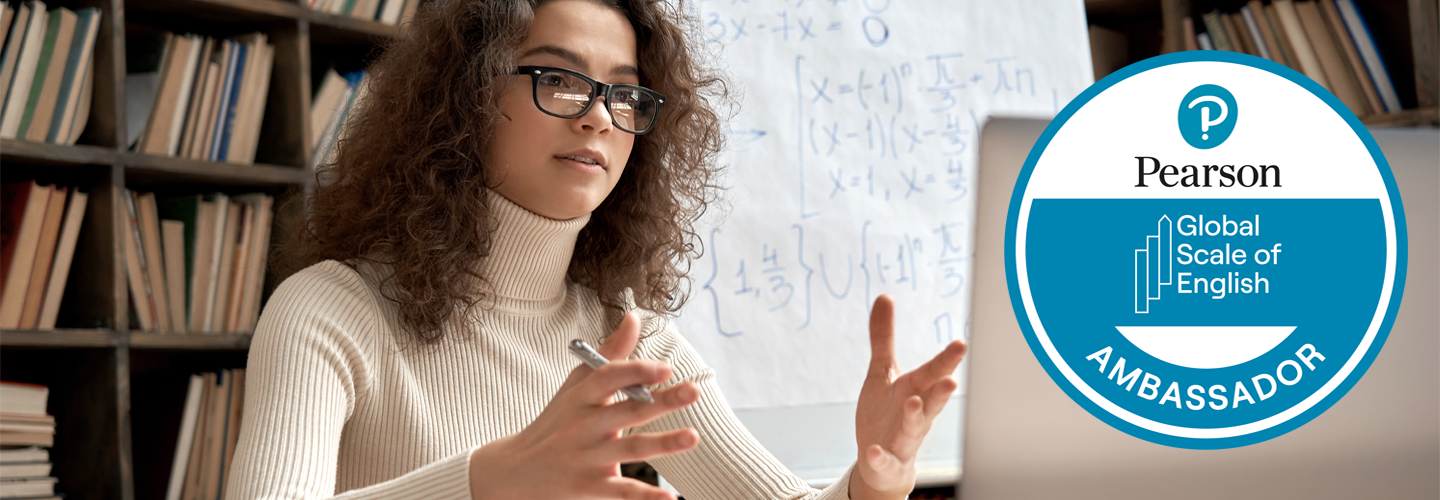
Implications for educators on fostering student success
Pearson’s recent report, “How English empowers your tomorrow,” carries significant implications for educators. It underlines that increased English proficiency correlates with improved economic and social outcomes. Educational institutions play a crucial role in preparing students for professional success, employing various pedagogical approaches and teaching methods to meet the diverse needs of learners across universities, colleges and schools. However, the main unfortunate result of the report for educators is the argument that learners are leaving formal education without the essential skills required to achieve these better outcomes.
Furthermore, as stated in the report, many of them are not lucky enough to be adequately equipped for the demands of their professional roles as they continue their careers. This emphasizes educators’ underlying responsibility to critically evaluate their teaching and assessment methods to ensure their students are effectively prepared for real-world challenges, especially as they transition into higher education where the stakes for academic and professional success are significantly elevated.
The data of the report comes from five countries, and while Turkey is not one of them, many of the findings are still relevant to the English language education system in Turkey. Given the significant investment of time and effort, with foreign language education starting in the second grade for the majority of students in the Ministry of National Education schools, better outcomes would be expected in mastering the global language.
Numerous reasons contributing to this failure could be listed but I would put the perception of how language is defined, taught and assessed within the education system in first place. English language classes are generally approached as “subjects to be taught” at schools, and rather than focusing on finding ways of improving learners’ skills in the foreign language, the curriculum includes “topics to be covered” with a heavy focus on grammar and vocabulary.
This, of course, extends to assessment practices, and the cycle continues primarily with teaching and assessing grammar and vocabulary proficiency. Participants in Pearson’s report claim the heavy emphasis on teaching grammar and vocabulary, and not having enough opportunities to practice the language both inside and outside the classroom, as the three primary factors contributing to their lack of communication skills. If this was asked to Turkish learners, it’s highly likely that we would get the exact same three top reasons. The implication for educators here is very explicit: we must first revisit the definition of what “knowing a language is” and align our definition with our teaching and assessment methodology. What use is knowing a language without being able to communicate with it?
New opportunities needed for practice
Another clear implication for learners’ lack of opportunities to use the target language both in and outside the classroom is evident; teachers must refrain from dominating classroom discourse and instead create opportunities for learners to actively engage with the language. Recognizing common learning barriers in this context is crucial, as these barriers can significantly hinder students' ability to practice language skills effectively in corporate settings, professional development, and adult learning environments. Especially in a foreign language context, like in Turkey, this would gain even more importance for the students who lack opportunities to practice their target language in their daily lives.
Understanding different learning styles is essential in this process, as it allows teachers to design engagement strategies that accommodate visual, kinaesthetic, or auditory learning preferences, thus addressing the limitations and specific needs of individual learners. Teachers, who are reported to dominate 80% of class time with their own talk, have the primary responsibility for this issue. These teachers, which refers to the majority, should monitor themselves to ensure they are creating opportunities for active participation and language practice for their students.
Encouraging the learning process as an everyday habit
Students seem to need guidance for practicing the language not only inside but also outside the classroom to improve their proficiency, where external factors such as limited access to resources and environmental distractions can significantly hinder their ability to learn. Integrating technology into education and guiding students to continue their learning beyond classroom settings would undoubtedly be valuable advice. Language learning apps and especially social media can empower students to engage with the language in creative and meaningful ways, addressing extrinsic barriers by providing access to resources and support that overcome the lack of support from teachers or peers and environmental distractions.
Being able to function in a foreign language, such as negotiating, giving opinions, and making suggestions, were indicated as areas where the gap exists between what is needed and what students possess in language skills. Such a result would again require a shift towards more communicative and task-based language teaching approaches, giving opportunities for students to exercise these skills not only in professional but also in academic and social contexts.
Raising awareness among students about the benefits of language proficiency can be suggested as another implication that will also inspire them. Aligning educational curricula with real-life needs and raising awareness of both students and teachers about the rationale behind it is crucial for helping students set their own goals more accurately while their teachers guide them with realistic expectations.
Understanding motivational learning barriers
"I didn’t feel as if I was making progress" was one of the barriers participants indicated was stopping them from achieving greater proficiency, highlighting an emotional learning barrier that stems from internal challenges such as peer pressure and resistance to change. This gives another implication for assisting students to recognize and appreciate how much they have achieved in their learning process and how much more there is to achieve. Additionally, motivational barriers play a significant role, as they reflect the obstacles that arise from losing curiosity and desire for learning, leading to students missing classes or refusing to take courses. The Global Scale of English (GSE) is definitely a valuable tool to track learner progress by providing a concrete framework and by improving their confidence, thereby helping to overcome both emotional and motivational barriers.
In conclusion, while the list of implications for educators might be enhanced, the most significant suggestion lies in reconsidering our perception of language learning and proficiency. This shift in perspective will have a great impact on all aspects of language education, particularly teaching and assessment methodologies. Embracing this new understanding of language teaching will not only enhance the effectiveness of language education but also better prepare learners for real-world language use and interaction and better life conditions.


